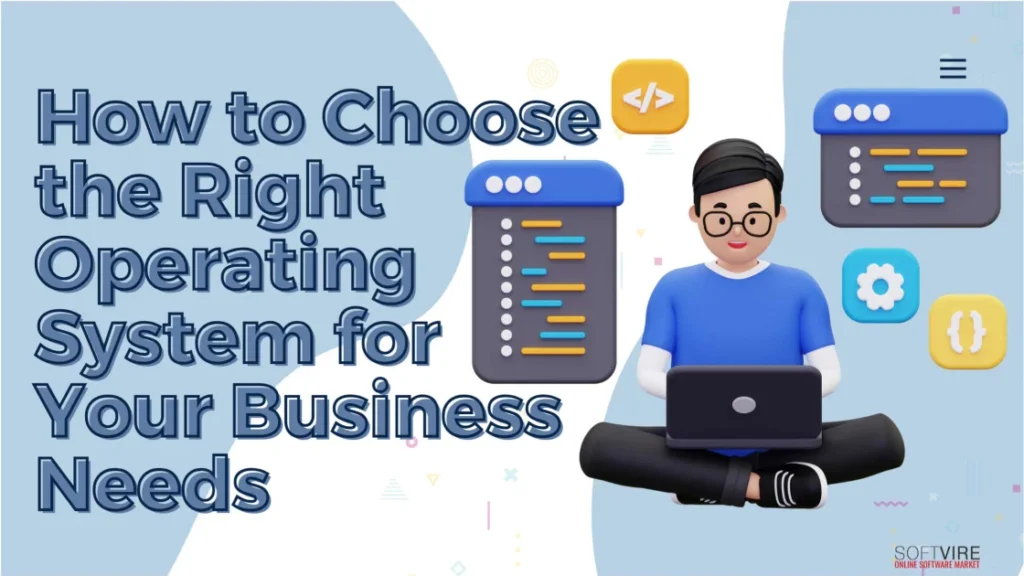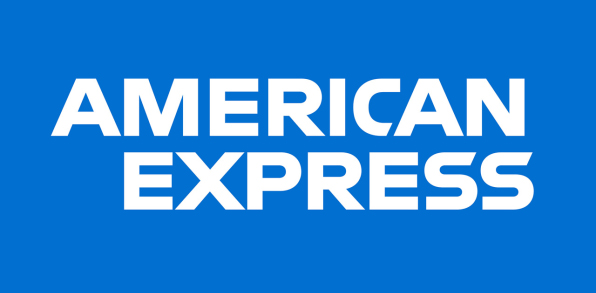Choosing the right operating system for business is a critical choice that may significantly affect productivity, security, and overall effectiveness. Understanding your needs and how alternative operating systems might fulfill them is crucial since several possibilities have unique characteristics and advantages.
In this blog, we’ll discuss all the essential things to consider when choosing an operating system for your company so you can ensure it fits with your current needs and plans.
Evaluating Popular Operating Systems
You may choose from several well-liked OSes, each with its own set of advantages and disadvantages. Windows, macOS, and Linux are companies’ most popular operating systems. If you know what each one offers, you can choose wisely.
Microsoft Windows
Its popularity is due to its extensive application compatibility, user-friendly interface, and robust support network.
The Windows operating system is especially advantageous for enterprises that depend on the Microsoft Office Suite, corporate software, and programs that need regular upgrades and maintenance.
Windows 11 Pro and Windows 10 Enterprise are two Windows editions that serve specific enterprise requirements. These versions provide distinct capabilities, such as increased security, remote desktop access, and sophisticated management tools.
macOS
Apple’s innovative software is well-respected in the creative sectors for its high performance, sleek design, and compatibility with other Apple devices. Companies that prioritize stability, usability, and aesthetics should choose macOS. It excels with multimedia projects, such as graphic design or video editing.
Additionally, macOS provides a stable ecosystem and comprehensive security features that reduce compatibility issues. Nevertheless, evaluating the potential software limitations and increased cost of Apple hardware is crucial if your business depends on specific Windows-only applications.
Linux
Linux is an open-source OS that offers cost-effectiveness, customization, and flexibility. Those comfortable with technology and companies that value stability and security tend to prefer it. Ubuntu, CentOS, and Red Hat are just a few Linux distributions that provide varying degrees of support and functionality to suit diverse use cases.
Linux has several benefits for all enterprises, including those that want extensive control over their IT infrastructure, development activities, and server environments. Although Linux is known for its steep learning curve and incompatibility with some commercial applications, its open-source nature enables users to customize the operating system significantly and integrate it with other platforms.
Factors to Consider When Selecting the Right OS
Security Features
The operating system you choose needs to be equipped with solid security measures to safeguard your company from potential cyberattacks. Ensure that your company’s data and systems are protected by having built-in firewalls, antivirus software, and regular security upgrades.
Ease of Use
An operating system that is user-friendly and simple to use may increase productivity and lower workers’ learning curve. To ensure that your employees have no trouble adjusting, choose an OS that is easy for them to use and has features they are already familiar with.
Cost
Before you make a final selection, add up the price of the OS and any related license costs. You may have to pay a one-time price for certain operating system selections and a monthly fee for others. When making your choice, remember to account for these expenses.
Scalability and Flexibility
Before you make a final selection, add up the price of the OS and any related license costs. You may have to pay a one-time price for certain operating system selections and a monthly fee for others. When making your choice, remember to account for these expenses.
Compatibility
One of the most important aspects to consider is the compatibility between the software and hardware you already have. Ensure that the operating system you select is compatible with the tools and programs your company depends on and the hardware you use, such as printers and other peripheral systems.
IT Management and Support
The degree of IT support and administration necessary for your operating system is also critical. Evaluate the accessibility of proficient IT specialists, the intricacy of system management, and the resources necessary to maintain and resolve issues with the operating system.
Remote Work and Collaboration
Effective collaboration and supporting distributed teams is essential in the current remote and hybrid work era. To guarantee that your employees can operate effectively, regardless of geographical location, examine the remote accessibility features, cloud integration abilities, and collaboration tools each operating system provides.
Considering these factors, you can make an informed decision that meets your business’s needs and aligns the stage for long-term success.
Final Thoughts
Selecting an operating system for your business involves assessing your needs, understanding the capabilities of different operating systems, and evaluating factors such as security, cost, compatibility, and scalability.
Using a careful and strategic approach, you may choose an operating system that fits your business’s goals, increases productivity, and offers a reliable and secure operation basis. Your demands will determine the best option and how effectively each operating system fits them.



